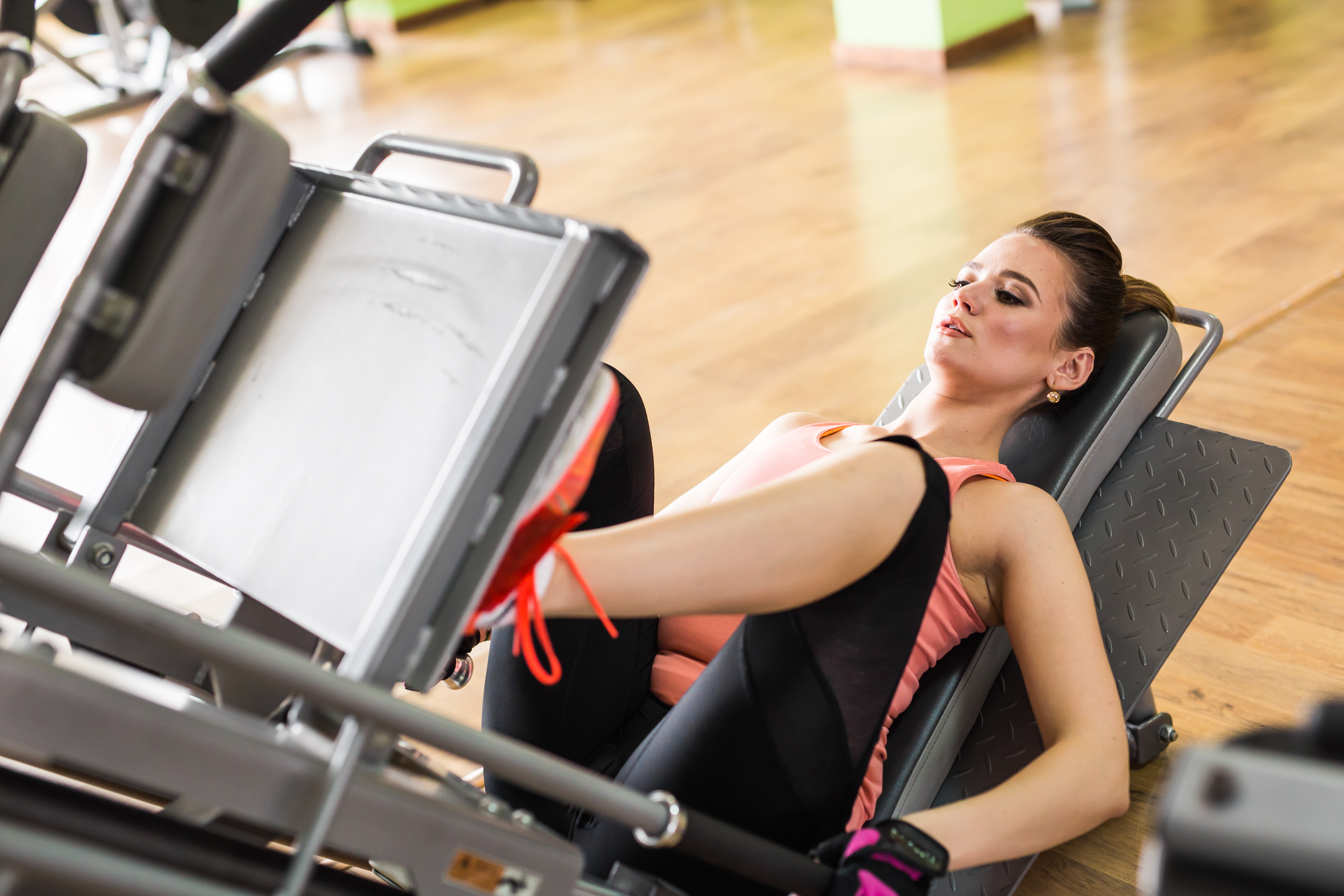Knee Revival: Secrets to Walking Pain-Free for Life
Think of your knees as the unsung heroes of your body—the workhorses that let you walk, run, and explore. Most of us take them for granted until a twinge of pain or stiffness reminds us of their importance. But what if you could give your knees the support they need before an injury strikes? This guide is your proactive roadmap. We've compiled a list of simple, science-backed daily habits that can fortify these crucial joints. By weaving these small rituals into your routine, you can build a foundation of strength and resilience, ensuring your knees stay healthy and ready for a lifetime of movement.
1. The Power of Warm-Up Exercises

Before diving into any physical activity, warming up is essential. This preparatory phase increases blood flow to the muscles and joints, reducing the risk of injury. For the knees, specific warm-up exercises like leg swings, knee circles, and gentle squats can enhance flexibility and prepare the joint for more strenuous activity. These movements help lubricate the knee joint, promoting smoother motion. Incorporating a consistent warm-up routine not only aids in preventing knee injuries but also enhances overall performance. By dedicating a few minutes each day to warming up, you set the stage for healthier, more resilient knees.
2. Strengthening with Resistance Training

Resistance training is a potent method for building muscle strength around the knee joint. Strong muscles, particularly in the quadriceps, hamstrings, and calves, provide better support and stability to the knees. Exercises such as leg presses, hamstring curls, and calf raises are effective in targeting these areas. By gradually increasing resistance, you can enhance muscle endurance and joint health. This form of training not only fortifies the knees but also contributes to improved balance and posture. Emphasizing resistance training in your routine can lead to long-term benefits in joint stability and mobility.
